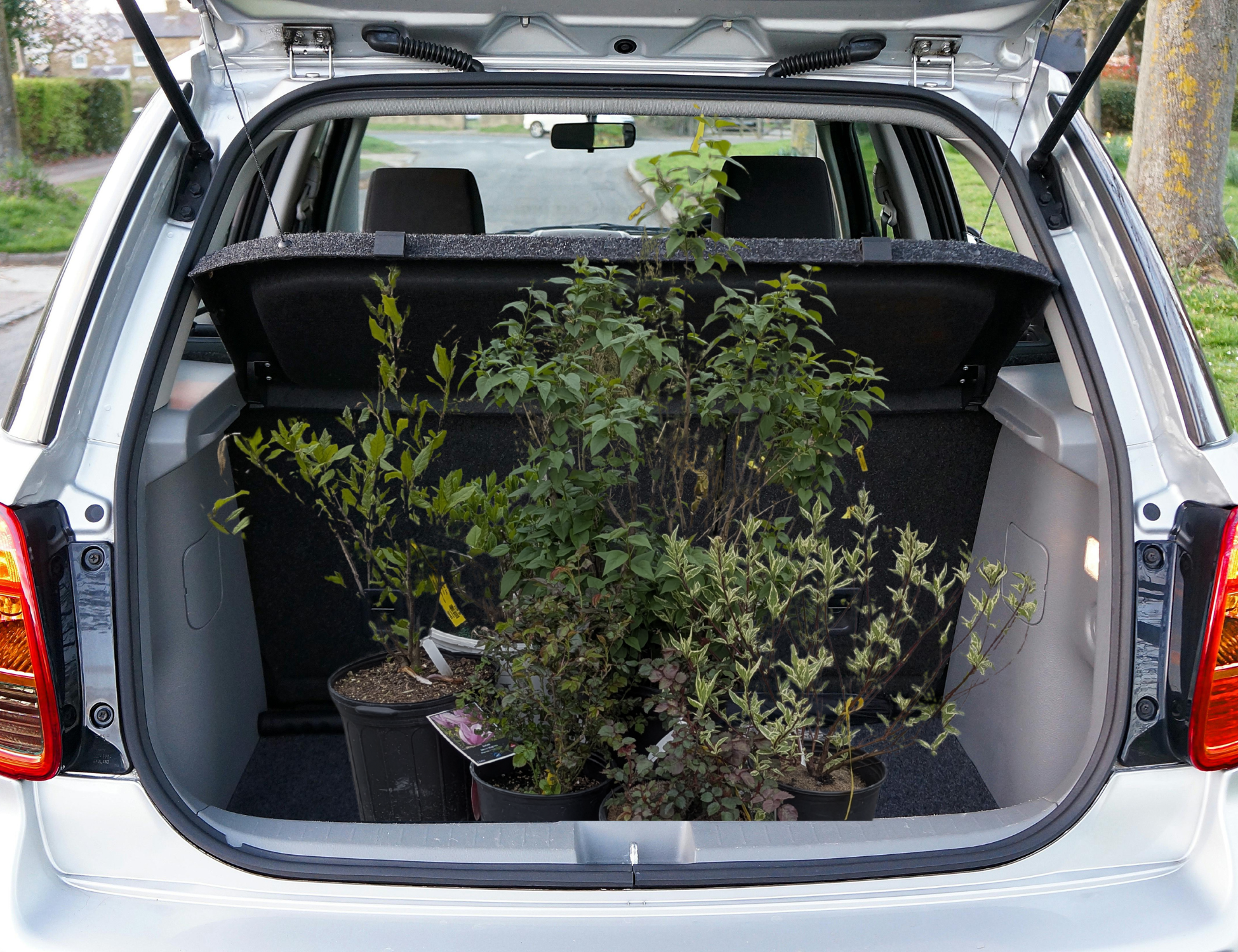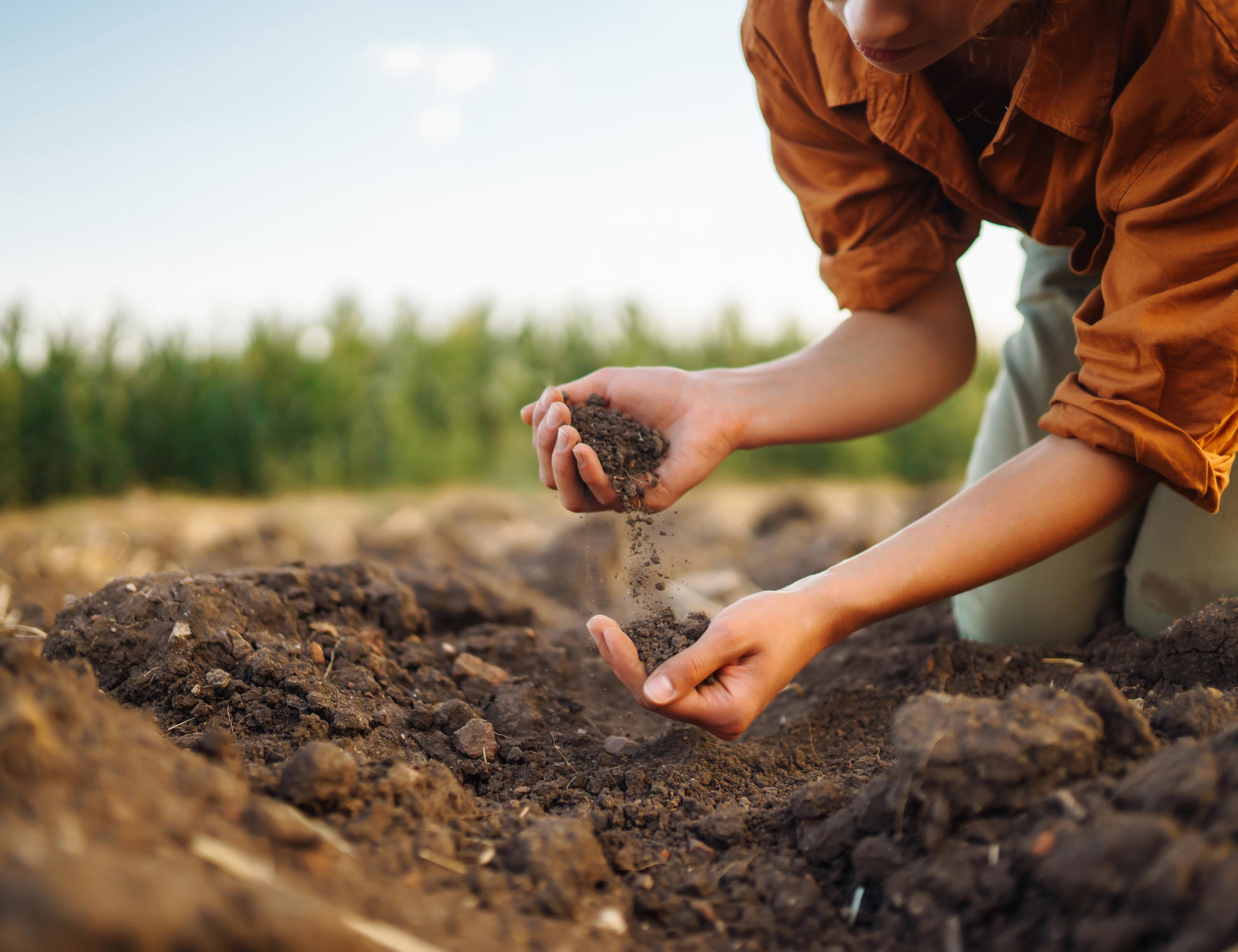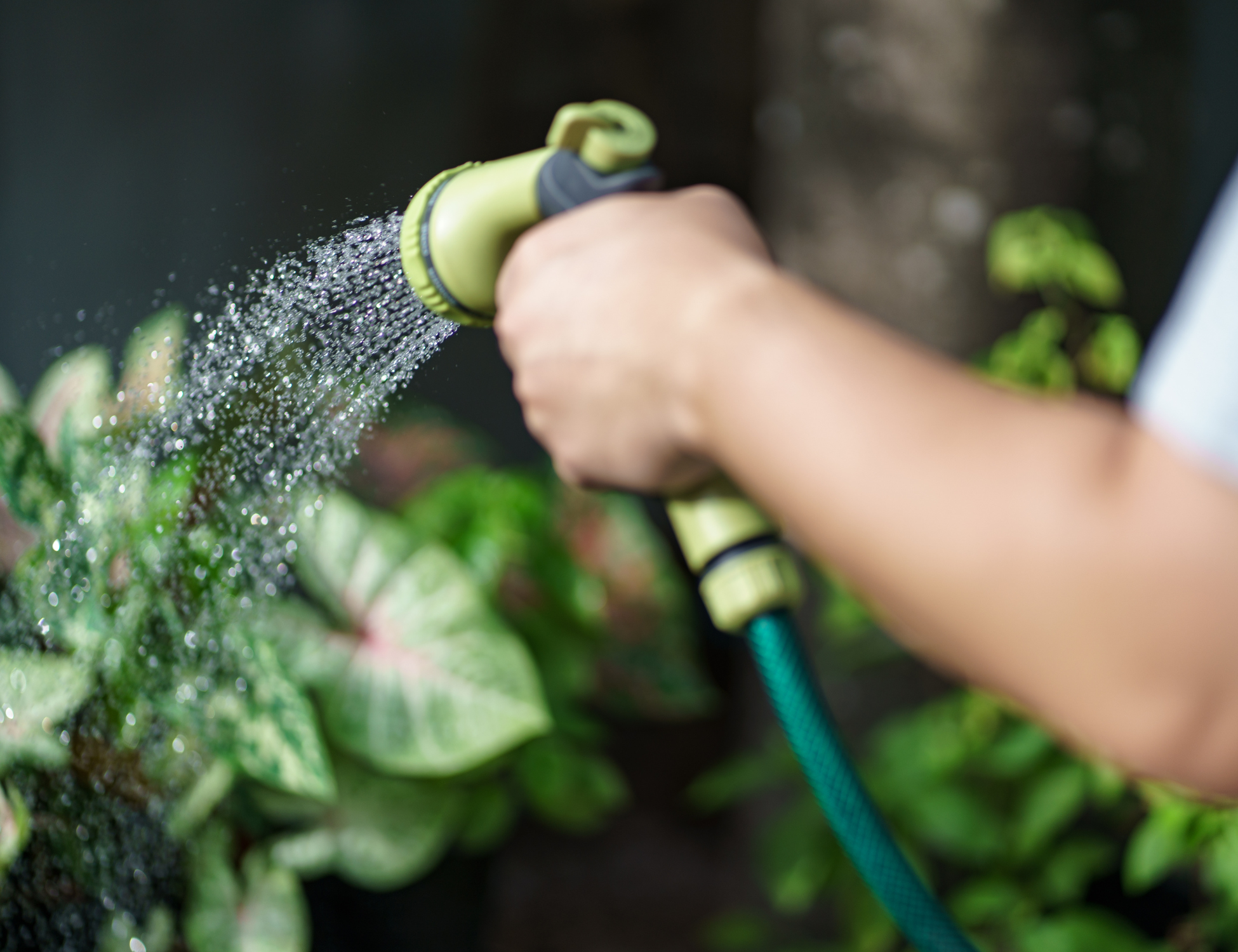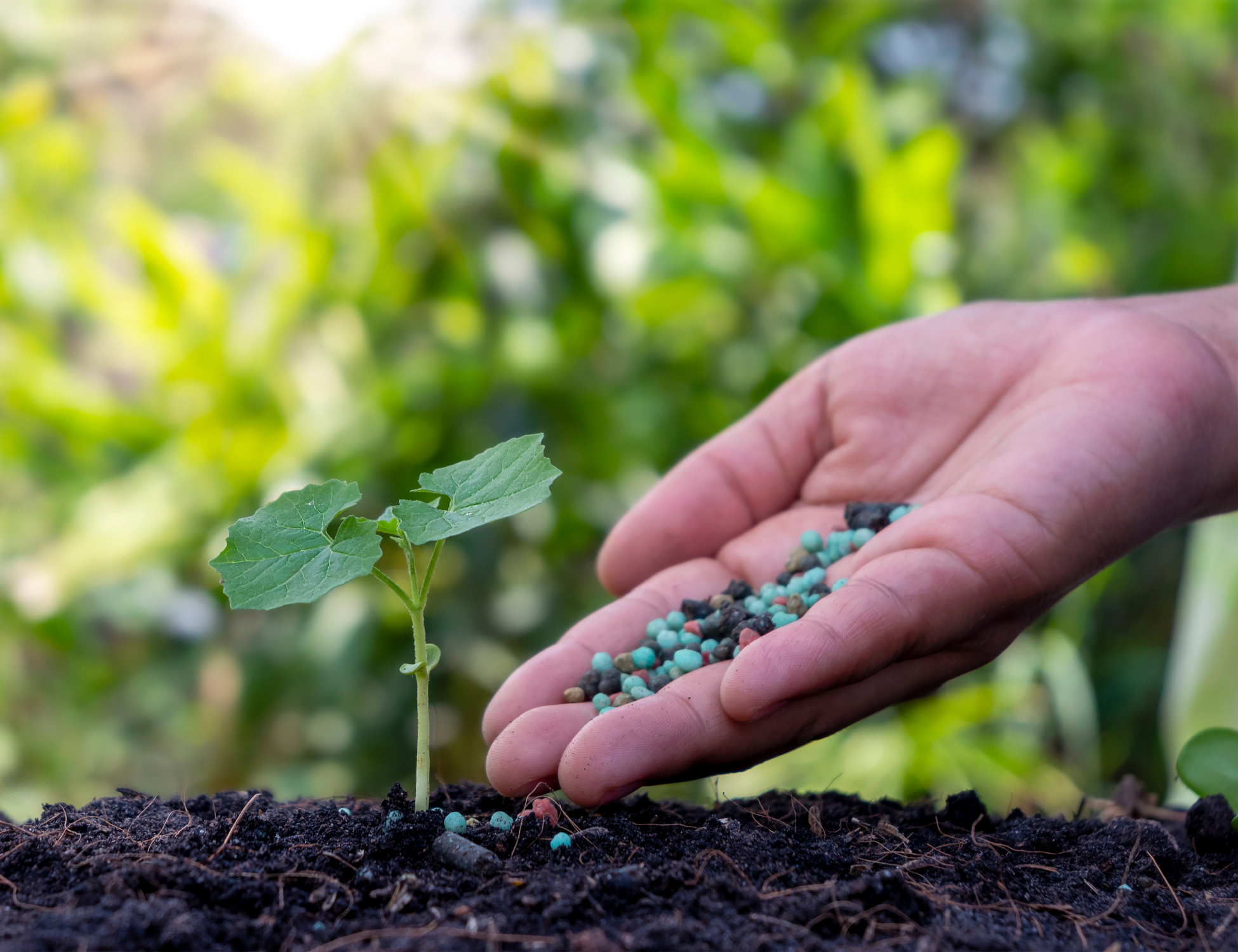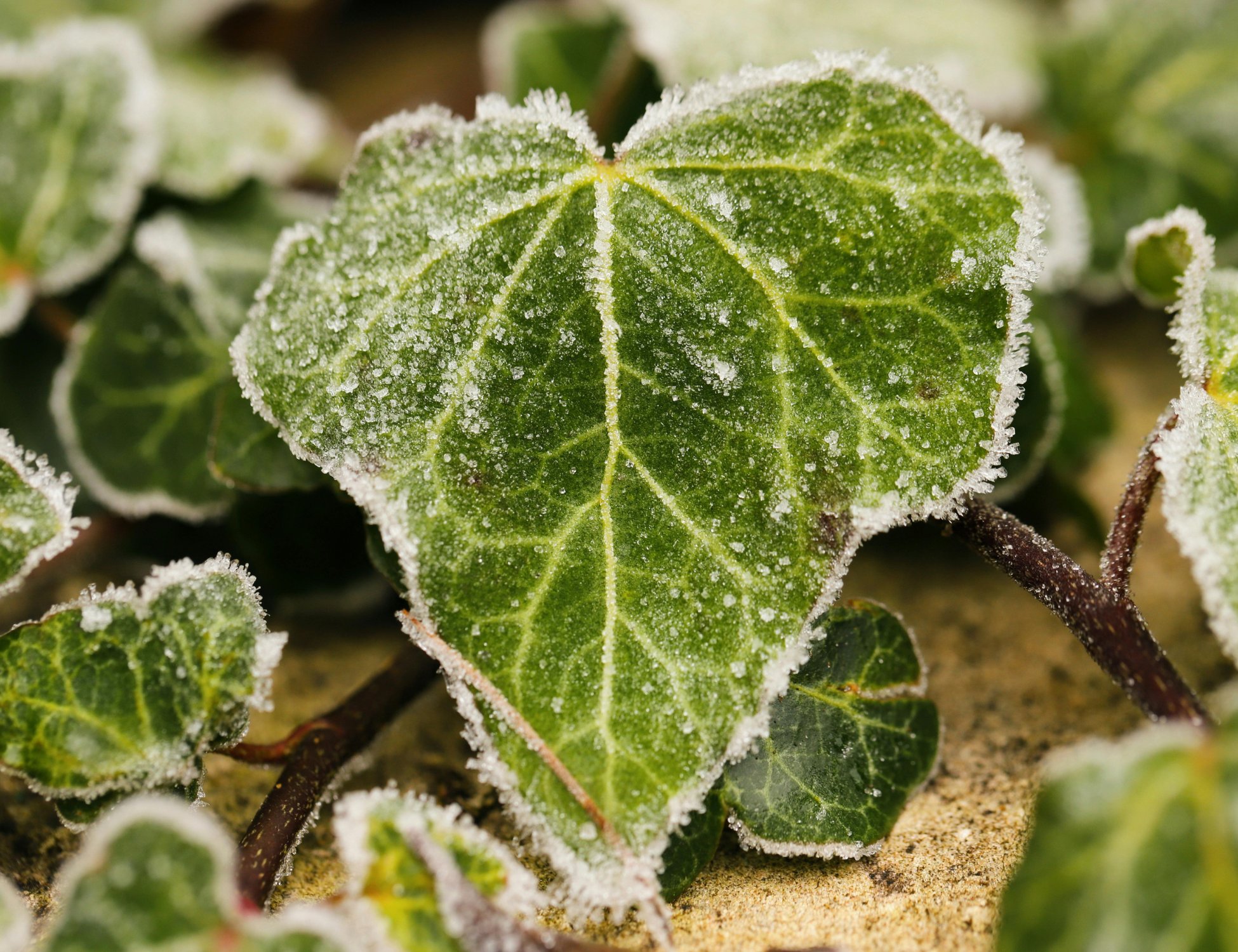Strawberry Roots
Spacing: 12–18" apart in rows 2–3 ft apart.
Planting Depth: The crown (where root meets stem) should sit just at soil level.
Tips: Do not bury the crown or it may rot. Water well after planting.
Asparagus Roots
Spacing: 12–18" apart in rows 3–5 ft apart.
Planting Method: Dig a 6–8" deep trench. Create a mound of soil and drape roots over it like an octopus.
Backfill: Cover with 2" soil at first, gradually fill in as shoots grow over weeks.
Raspberry Canes
Spacing: 18–24" apart in rows 5–6 ft apart.
Planting Depth: Plant so the cane base is just below soil level.
Tips: Prune canes back to 4–6 inches tall after planting to encourage root growth.
